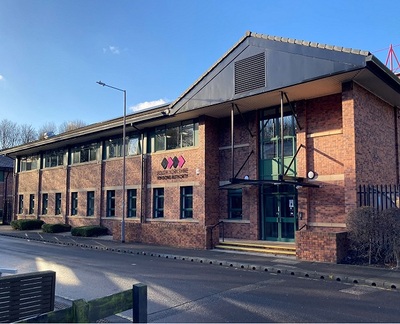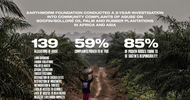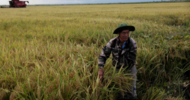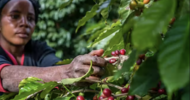In brief: A pension’s journey from farmland to natural capital
How farmland became a pillar of South Yorkshire Pension Authority's net-zero plans.
When South Yorkshire Pensions Authority (SYPA) quietly bought its first parcel of farmland in 1976, the investment was a quirky, farsighted bet in a world focused squarely on stocks and bonds.
Nearly half a century later, the farmland portfolio has grown from 400 acres to 21,000 and become the seed assets of a strategic natural capital investment programme – one increasingly vital to meeting the authority’s ambitious 2030 net-zero target. Binyamin Ali, editor of affiliate title Agri Investor, recently interviewed George Graham, a director at SYPA, about this shift (subscription or registration required). For New Private Markets susbscribers, here are some of the highlights:
- The pension fund originally invested in farmland for its uncorrelated investment characteristics. For decades, the farmland portfolio – made up entirely of arable land – provided exactly the kind of “solid ballast” SYPA wanted, delivering around 3 percent annual returns in cash yield alone, supplemented by gradual asset appreciation, reports Agri Investor.
- The farmland portfolio grew to around 2.5 percent of the overall portfolio: a size that began to feel too large for a single asset type without a scalable management structure. The solution was a landmark joint venture with Royal London Asset Management in 2024, forming a dedicated vehicle where SYPA holds 46 percent and Royal London 54 percent. RLAM now serves as the fund manager, overseeing both day-to-day operations and long-term development plans.
- That farmland vehicle is now the cornerstone of SYPA’s newly created natural capital allocation, which has a 3.5 percent target, and is one of three new portfolios established as part of the authority’s net-zero action plan (alongside renewable energy and climate opportunities – each with a 5 percent target allocation).
- In 2024, the pension also committed £50 million ($64 million; €59 million) to Gresham House’s Forestry Fund VI and $80 million to Campbell Global’s $1.5 billion Forest & Climate Fund. The aim is to diversify the natural capital allocation across geographies and income profiles, while bolstering SYPA’s capacity to offset hard-to-abate emissions.
- Rather than relying on carbon credits purchased externally, SYPA is looking to generate its own credits internally through land management improvements, including rewetting peat soils and enhancing biodiversity.
Visit Agri Investor to read the interview in full.













